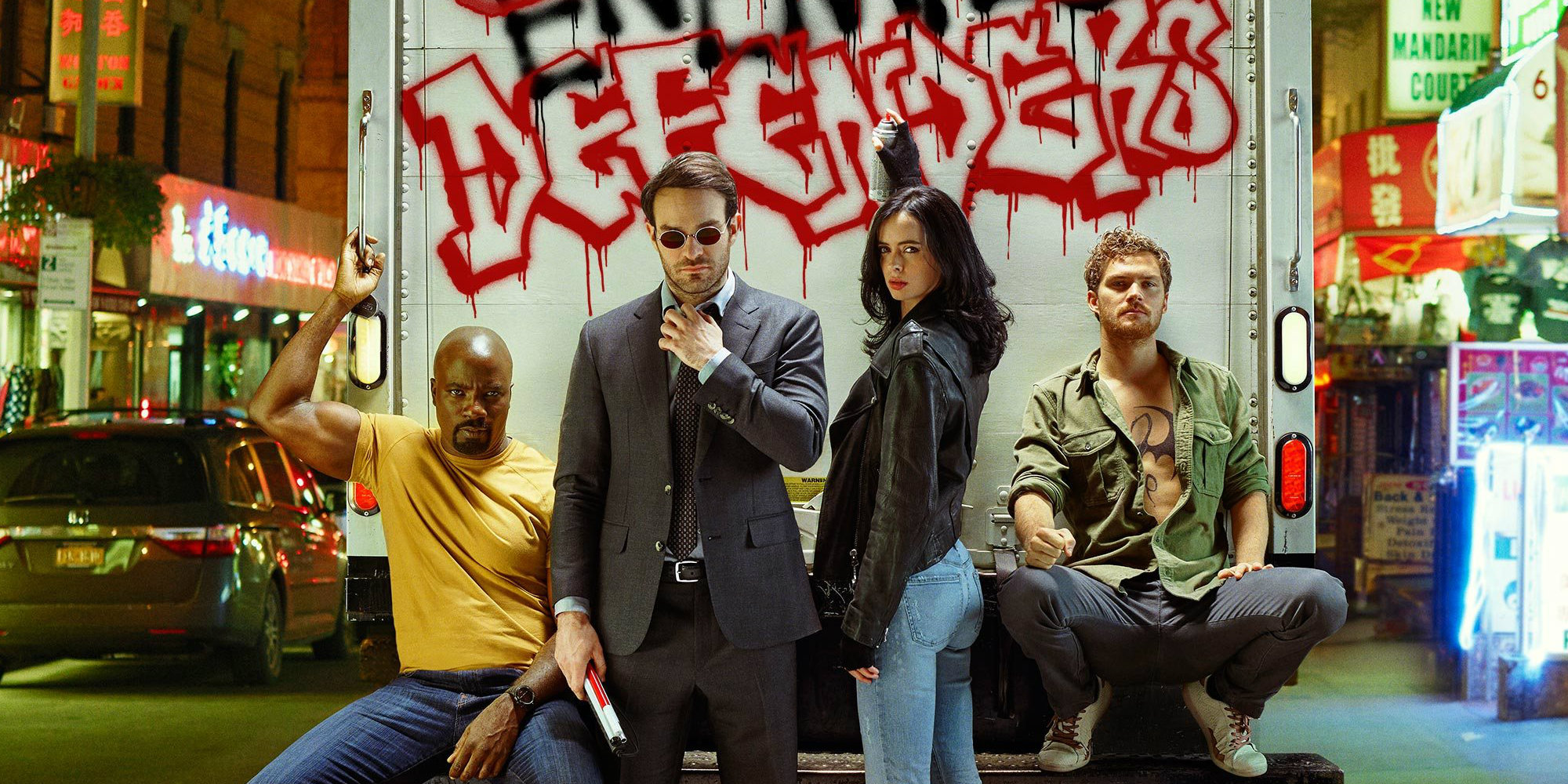Table of Contents Show
Since it began in 2008, the Marvel Cinematic Universe (MCU) has continued to expand with each film and (now) Disney+ series. While these new streaming shows will undoubtedly impact the larger universe, this is far from the MCU’s first foray into the world of television. Starting in 2013, Marvel Television produced and released several series across multiple platforms, including Agents of S.H.I.E.L.D. (2013-2020) on ABC, Defenders (2017) on Netflix, and Runaways (2017-2020) on Hulu. While these shows initially took place within Marvel’s shared universe and made explicit references to characters and events from the films, the MCU rarely acknowledged them. As a result, connections between the two mediums grew scarce. By the time Marvel Television shut down in 2019, and Marvel Studios announced plans to create its original shows for Disney+, many fans no longer considered Marvel Television’s programs part of the MCU’s canon.
Despite this fraught history, some fans are still hopeful that characters from Marvel Television will make their way into the MCU proper. After the premiere of the Spider-Man: No Way Home (2021) trailer, many were convinced they had spotted Charlie Cox’s Daredevil, or more specifically Matthew Murdock, in one scene. Although this theory was recently debunked (( Barnhardt, Adam. “Daredevil’s Charlie Cox Addresses Spider-Man Trailer Forearms Theory.” ComicBook.com, 1 Sept. 2021. )), fans continue to hope that the lawyer will turn up to defend Peter Parker. Additionally, rumors have been circling for months about Vincent D’Onofrio’s Wilson Fisk returning in Hawkeye (2021) (( Hargrave, Sam. “Jeremy Renner’s Hawkeye Series Rumored to Bring Kingpin Back to the MCU.” The Direct, 23 July 2021. )) and Chloe Bennet’s Daisy Johnson appearing in Secret Invasion (2022) (( Barnhardt, Adam. “Could Chloe Bennet’s Powerpuff Exit Hint at Secret Invasion Cameo?” ComicBook.com, 14 Aug. 2021. )). While both actors have denied these rumors (( Graf, Alex. “Vincent D’Onofrio Breaks The Silence On Kingpin Returning In Hawkeye Rumor.” We Got This Covered, 15 Sept. 2021. )) (( Dumaraog, Ana. “Agents of SHIELD’s Chloe Bennet Addresses Rumors She’s in Secret Invasion.” ScreenRant, 23 Sept. 2021. )), these characters still resonate with audiences, but whether or not Marvel will bring them into the MCU remains to be seen.
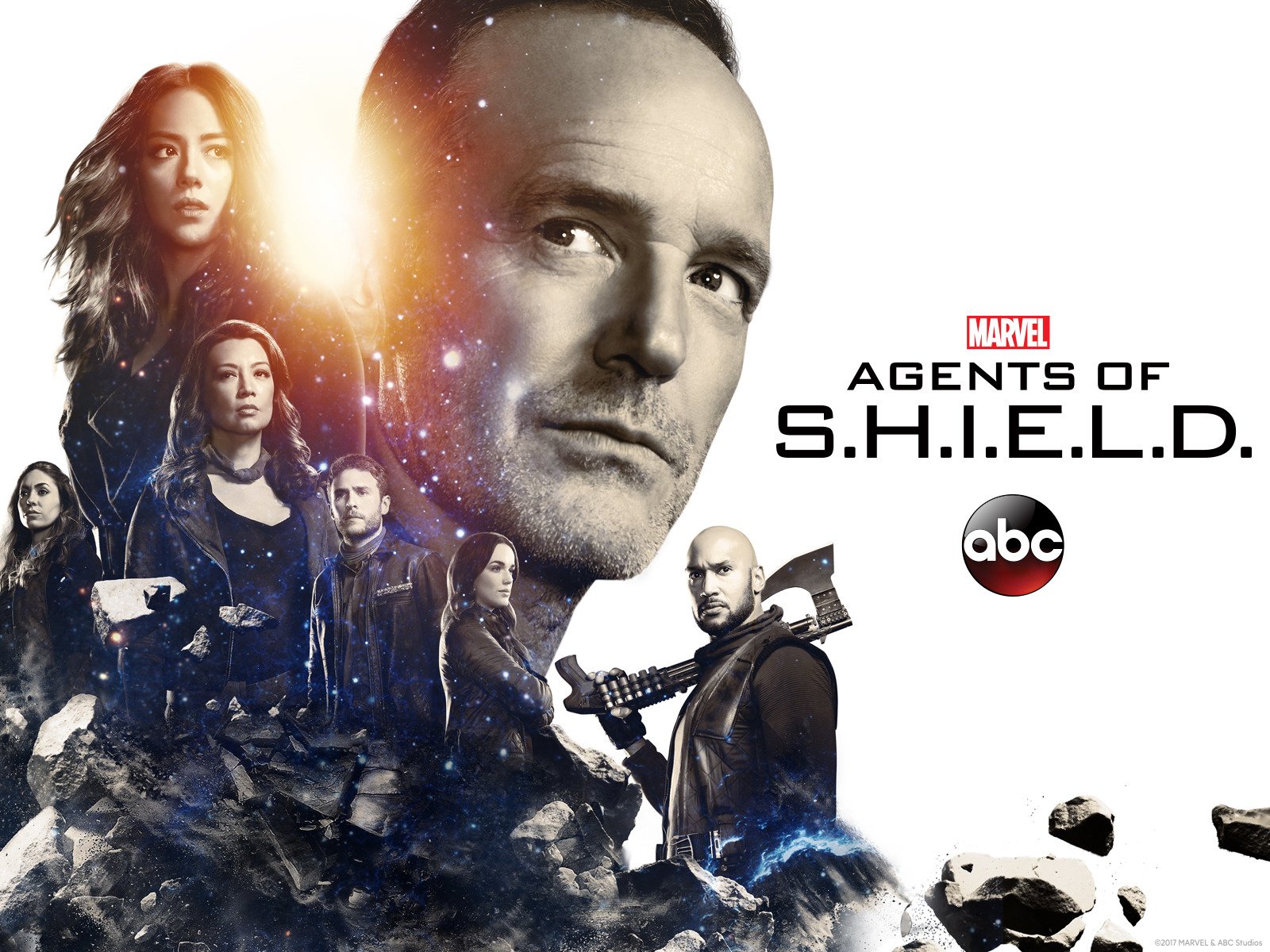
Marvel Studios certainly has its hands full, with Eternals, Hawkeye, and Spider-Man: No Way Home still to come in this year alone and several more on the way, many of them featuring brand new characters. With the next MCU saga still in its infancy, however, now would be an ideal time to finally make good on the promise of Marvel Television by officially welcoming some of those characters into the main universe. Additionally, for this to have the most impact, recasting should be kept to an absolute minimum, and in many cases, they should maintain the backstories established in their respective shows. By doing so, the MCU won’t have to rebuild each character from scratch. More importantly, keeping the same actors will appease Marvel Television fans while introducing these beloved characters to an even wider audience.
Marvel Television’s Memorable Cast Of Characters
Marvel Television’s projects may have varied dramatically in terms of style and quality, but, as with the MCU itself, what truly made these shows worth watching was their brilliant characters. Moreover, these characters and their relationships were arguably more developed than those of the MCU proper due to the sheer amount of time audiences got to spend with them. The Avengers may each have had their solo projects as well as the team-up films, but fans got to spend seven seasons getting to know the Agents of S.H.I.E.L.D., seeing how the same events affected this comparatively small-time team. The same can be said of the Defenders, many of whom dealt with the fallout of The Avengers (2012) as well as more personal battles over several hours’ worth of story. As a result, many of these shows have fostered incredibly dedicated fan bases.
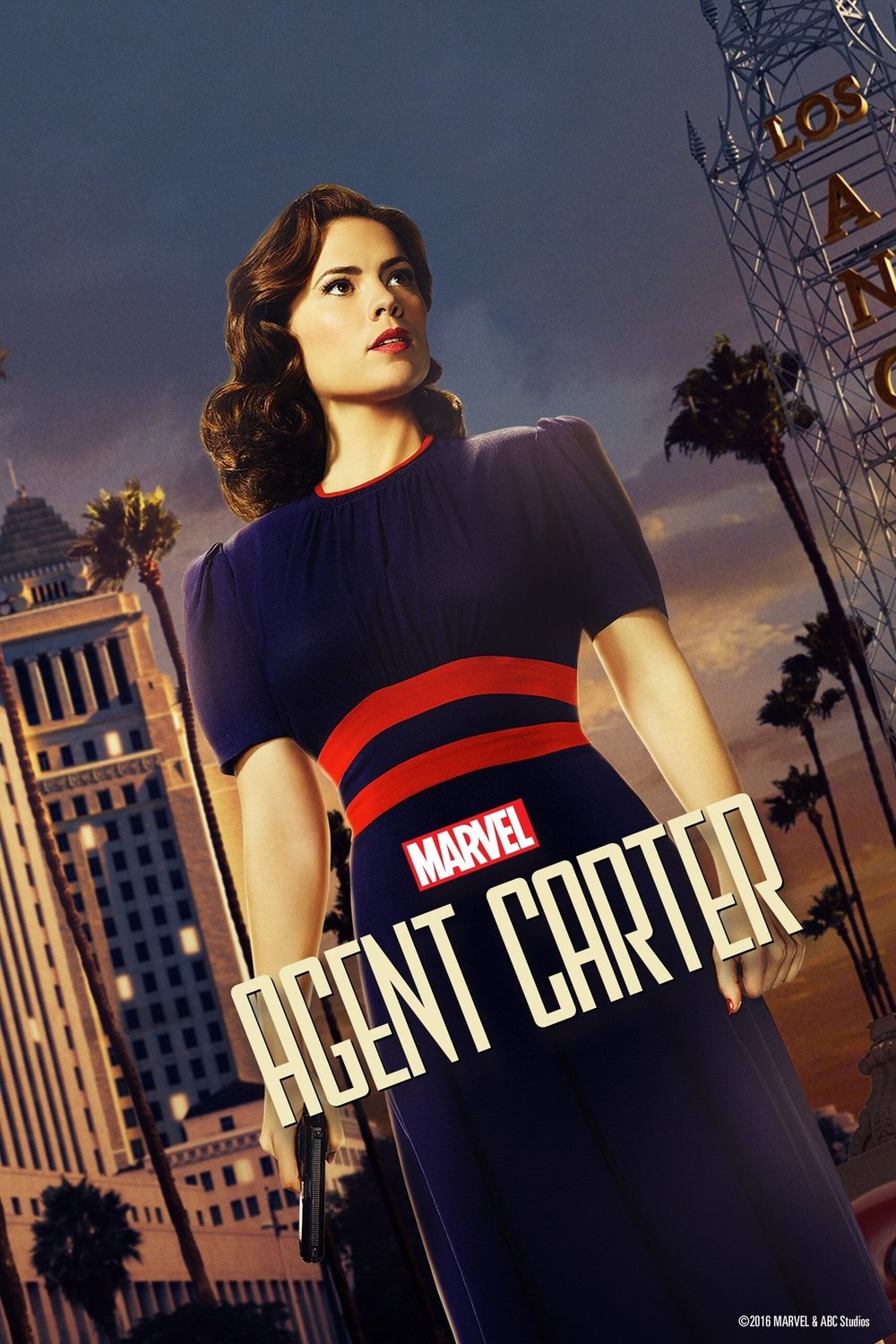
Long before the Marvel Television shows ended, audiences asked when these characters would cross over with the MCU. After all, Marvel’s tagline is “It’s all connected” (( McMillan, Graeme. “The Flaws of Marvel’s ‘It’s All Connected’ Cinematic Universe.” The Hollywood Reporter, 17 Feb. 2016. )). Despite this, the movies remained largely separate from the television shows as the years went on. Meanwhile, Marvel has reclaimed fan-favorites from other studios, such as the X-Men and the Fantastic Four, and already has plans to bring these characters to the MCU. Now, the company has also worked out a deal with Sony allowing for characters from previous Spider-Man films to appear in Spider-Man: No Way Home, a movie that is set within the MCU. They’re even being played by the original actors; if Marvel can do all that, surely it can bring back some of Marvel Television’s characters, as it already has the rights to these characters.
Diversity In Marvel Television
While the MCU is slowly taking steps to increase diversity amongst its heroes, particularly in its newest phase, Marvel Television passed most of these milestones years ago. For instance, Shang-Chi and the Legend of the Ten Rings (2021) is Marvel’s first Asian-led movie, and the soon-to-be-released Eternals (2021) will include the studios’ first Latina, gay, and disabled superheroes. On the other hand, Marvel Television’s first outing, Agents of S.H.I.E.L.D., featured Asian, Latinx, and gay heroes within its first three seasons, while Daredevil (2015-2018) centered on a hero who was blind. Furthermore, Marvel Television didn’t take long to introduce female-led projects, like Agent Carter (2015-2016) and Jessica Jones (2015-2019), or series featuring LGBTQ+ romances, like Runaways and the canceled New Warriors. Considering how much positive representation was included in these shows, it’d be a real shame to disregard all of them as non-canon. By reintroducing these characters in the MCU proper, Marvel Studios could give some acknowledgment to the strides made by Marvel Television.
Preserving Continuity Through Casting
The MCU is no stranger to recasts, but in order to preserve at least some of Marvel Television’s continuity, recasting would need to be avoided as much as possible. By keeping the same actors and maintaining the characters’ established backstories, Marvel Studios would have a solid foundation on which to build instead of completely starting over. Furthermore, many of these actors played their roles to perfection, capturing the hearts of viewers just as quickly as their film counterparts did, as evidenced by the various social media campaigns calling for these characters and their shows to be revived (( #SaveDaredevil is still active on Twitter and #KeepMarvelTVCanon has been gaining traction as well. )). Some actors have even expressed interest in reprising their roles (( Ridgely, Charlie. “Jessica Jones’ Krysten Ritter Is Ready for a Marvel Comeback.” ComicBook.com, 14 Sept. 2021. )) (( Graf, Alex. “Vincent D’Onofrio Breaks The Silence On Kingpin Returning In Hawkeye Rumor.” We Got This Covered, 15 Sept. 2021. )), fueling fans’ hopes that this could become a realistic expectation. Of course, this does not guarantee that they will come back, as many have moved on to other projects. Even so, there is a lot of support for these actors and the exemplary work they did in bringing these characters to life.
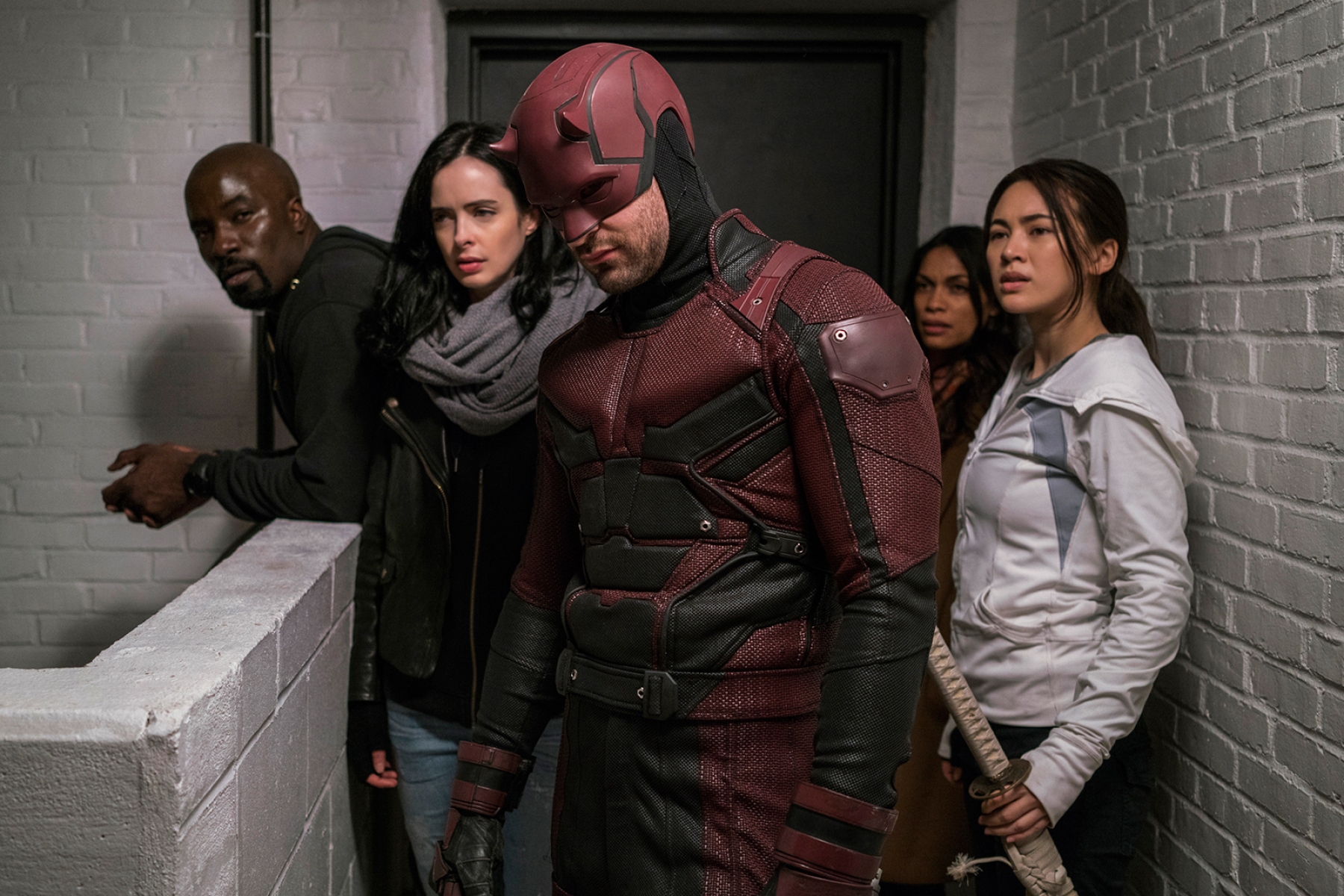
Although some may worry that reincorporating these characters will hinder those who haven’t seen their shows, the MCU has already proven it can be done. Many MCU characters have made cameos in other films without being completely reintroduced to new audience members. For instance, Shang-Chi and the Legend of the Ten Rings featured appearances from The Incredible Hulk’s (2008) Abomination and Iron Man 3’s (2013) Trevor Slattery. These references were undoubtedly lost on some viewers, considering neither of these characters had been seen in years. Nevertheless, their inclusion hasn’t detracted from most viewers’ understanding or enjoyment of the film. Their appearance also reaffirms that the earlier films they took part in are still a part of the MCU canon.
Merging Marvel Television With The Marvel Cinematic Universe
Although the Marvel Television shows did start to diverge from the MCU canon near the end, many of them do not directly contradict the events of the films. This is because they were initially meant to take place within the MCU. In most cases, when exactly they take place is ambiguous, so they could still easily fit within MCU continuity. The Marvel Netflix shows, for example, take place sometime after the Battle of New York in 2012, and some of the shows reference the Raft prison, which first appeared in Captain America: Civil War (2016). That gives these shows at least a four-year window in which they could have taken place regardless of when each season was released. The window is even more ambiguous for Runaways and Cloak & Dagger (2018-2019), which both make even fewer references to the larger universe. Agent Carter takes place in 1946 and 1947 after Captain America went into the ice, and Steve’s dance with Peggy in Avengers: Endgame took place in 1949, so the events of the show don’t overlap with the movies.
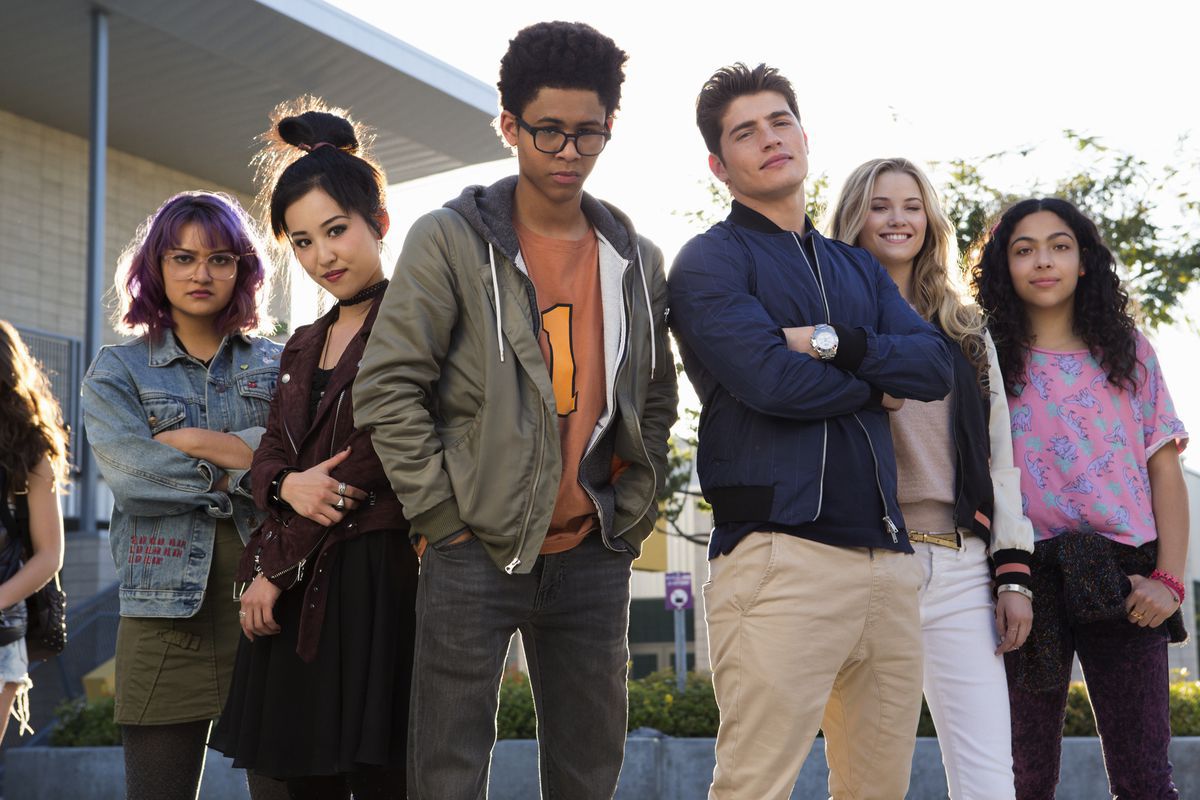
On the other hand, Agents of S.H.I.E.L.D. proves a little more challenging to reintegrate because it unfolded concurrently with the MCU. Many of its stories reference and even directly tie into the films in real-time, such as Thor: The Dark World (2013) and Captain America: The Winter Soldier (2014). Because of this, it was even more noticeable when the show stopped adhering to the events of the movies. In particular, Thanos’ snap in Avengers: Infinity War (2018) went utterly unmentioned in S.H.I.E.L.D. despite name dropping the character just before the movie first came out (( “The One Who Will Save Us All.” Agents of S.H.I.E.LD., season five, episode twenty, ABC, May 4, 2018. Netflix. )). Inconsistencies have only grown with the introduction of the Disney+ shows. Namely, WandaVision (2021) altered the design of the Darkhold, a book that was prominently featured in S.H.I.E.L.D. and Runaways, and Loki’s (2021) Sacred Timeline completely contradicts the plot of S.H.I.E.L.D.’s seventh season as well as Runaways’ final episode. Even so, with the multiverse now in play, there are multiple ways that they could rejoin the MCU.
Option One: Official Re-Canonization
The most favorable choice among fans would be to re-canonize the Marvel Television shows. Although there are a few exceptions, most of these series were made to fit within the MCU’s established history. There’s also never been a formal statement from Marvel Studios saying that they’re not part of the shared universe. Therefore, the possibility that these characters were always in the MCU is still on the table. Despite the apparent contradictions between the films and Agents of S.H.I.E.L.D., this would not be the first time Marvel Studios has had to find creative ways to correct continuity errors. The Infinity Gauntlet, for instance, famously appears in Odin’s vault in Thor (2011) and the mid-credits scene in Avengers: Age of Ultron (2015), even though the Gauntlet isn’t supposed to be constructed until the events of Avengers: Infinity War. Since then, it’s been revealed that the one in Thor was a fake, and director Joe Russo has said that Age of Ultron’s mid-credits scene takes place on Nidavellir shortly before Infinity War (( Davis, Brandon. “‘Avengers: Infinity War’ Directors Explain That ‘Ultron’ MCU Plot Hole.” ComicBook.com, 14 May 2018. )).
Option Two: Reboot The Characters But Keep the Actors
Another way Marvel Studios could resurrect these characters would be to keep the same actors but give them new backstories. An example would be akin to the MCU’s J. Jonah Jameson, who was introduced to the MCU in Spider-Man: Far From Home’s (2019) mid-credits scene played by J.K. Simmons, who also played Jameson in the Sam Raimi-directed Spider-Man trilogy (2002-2007). According to Marvel Studios President Kevin Feige, this is “a new Jameson in this world played by the same actor” (( Sharf, Zack. “Kevin Feige Breaks Down the Surprise Connection Between Sam Raimi’s ‘Spider-Man’ and ‘Far From Home.’” IndieWire, 8 July 2019. )). In other words, this version of the character is not the same one from the Raimi trilogy.
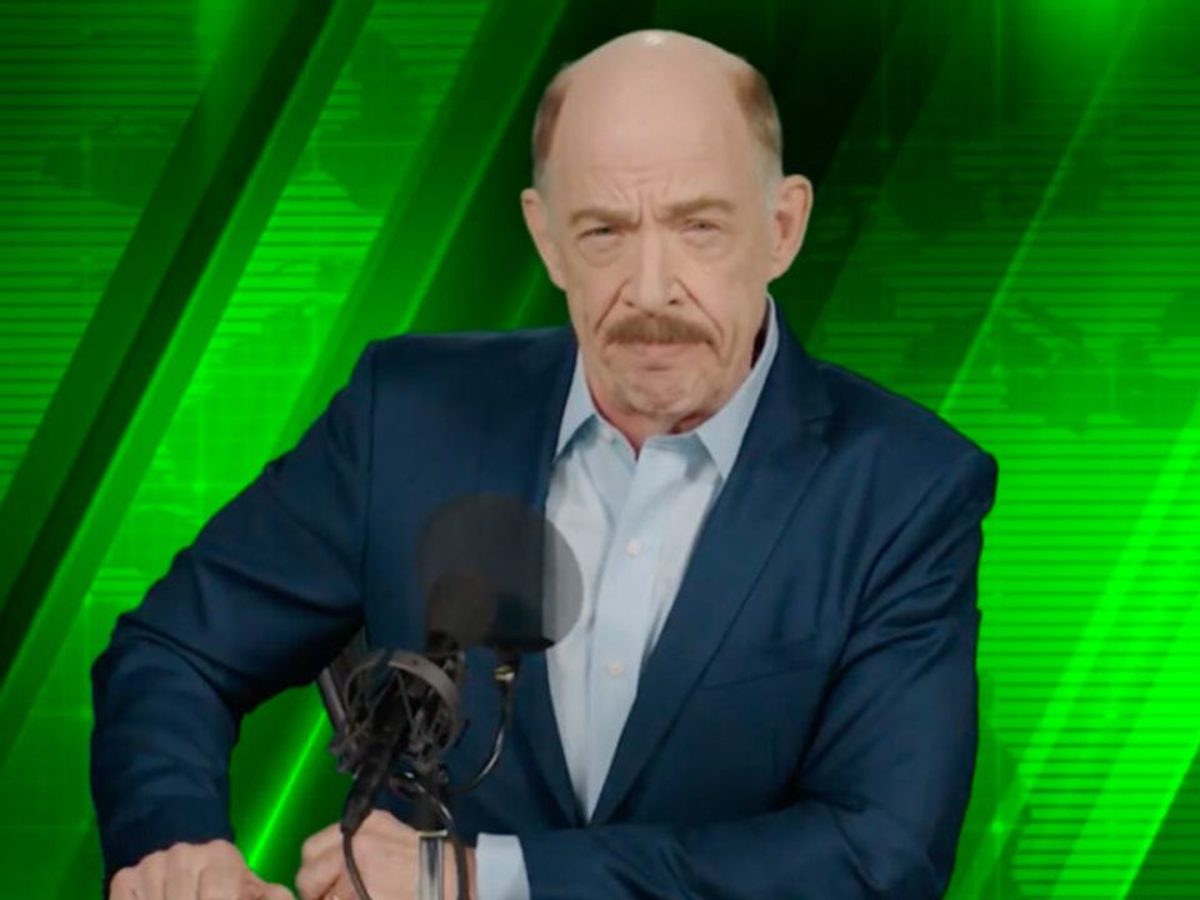
To borrow Loki’s terminology, they are two different variants of the same person. While this isn’t most fans’ first choice, the Marvel Television characters could get the same treatment. In doing this, Marvel Studios could rewrite their backstories to better fit within the MCU but keep the same actors, which would allow them to maintain some elements from their previous portrayals.
Option Three: Make Marvel Television Part Of The Multiverse
As fans know, each universe in the Marvel multiverse has its unique designation. The main comics universe is Earth-616, while the MCU is Earth-199999. Now that the multiverse has come into play, allowing audiences to peer into alternate realities in What If…? (2021), Marvel Studios could give the Marvel Television shows their universe separate from Earth-199999. This option would remove them from the main MCU, but it wouldn’t necessarily rule out future crossovers. As Loki and What If…? have shown, it is possible to travel between different realities, so characters from the Marvel Television universe could make the trip to the MCU or vice versa. This would also allow the characters to keep their same backstories and be played by the same actors. On the other hand, if no crossovers occur, this would provide Marvel Studios the opportunity to, essentially, de-canonize Marvel Television and completely reboot the characters within the MCU, which would upset many fans.
Which Marvel Television Characters Should Join The MCU?
As previously stated, there have been quite a few Marvel Television series, each differing in terms of quality and popularity. That means there are plenty of characters to be potentially resurrected. As such, Marvel Studios will want to pick and choose which ones to bring into the MCU. Some choices are pretty obvious: fans are still urging Marvel to reinstate Matthew Murdock/Daredevil, Wilson Fisk/Kingpin, Jessica Jones, and Frank Castle/The Punisher. In fact, the Marvel Netflix characters and their supporting casts are all pretty common choices with fans, likely due to their excellent casting and gritty, grounded stories. Even the much-maligned Iron Fist improved with its second season, and it would’ve been interesting to see what Colleen Wing did with the power of the fist.
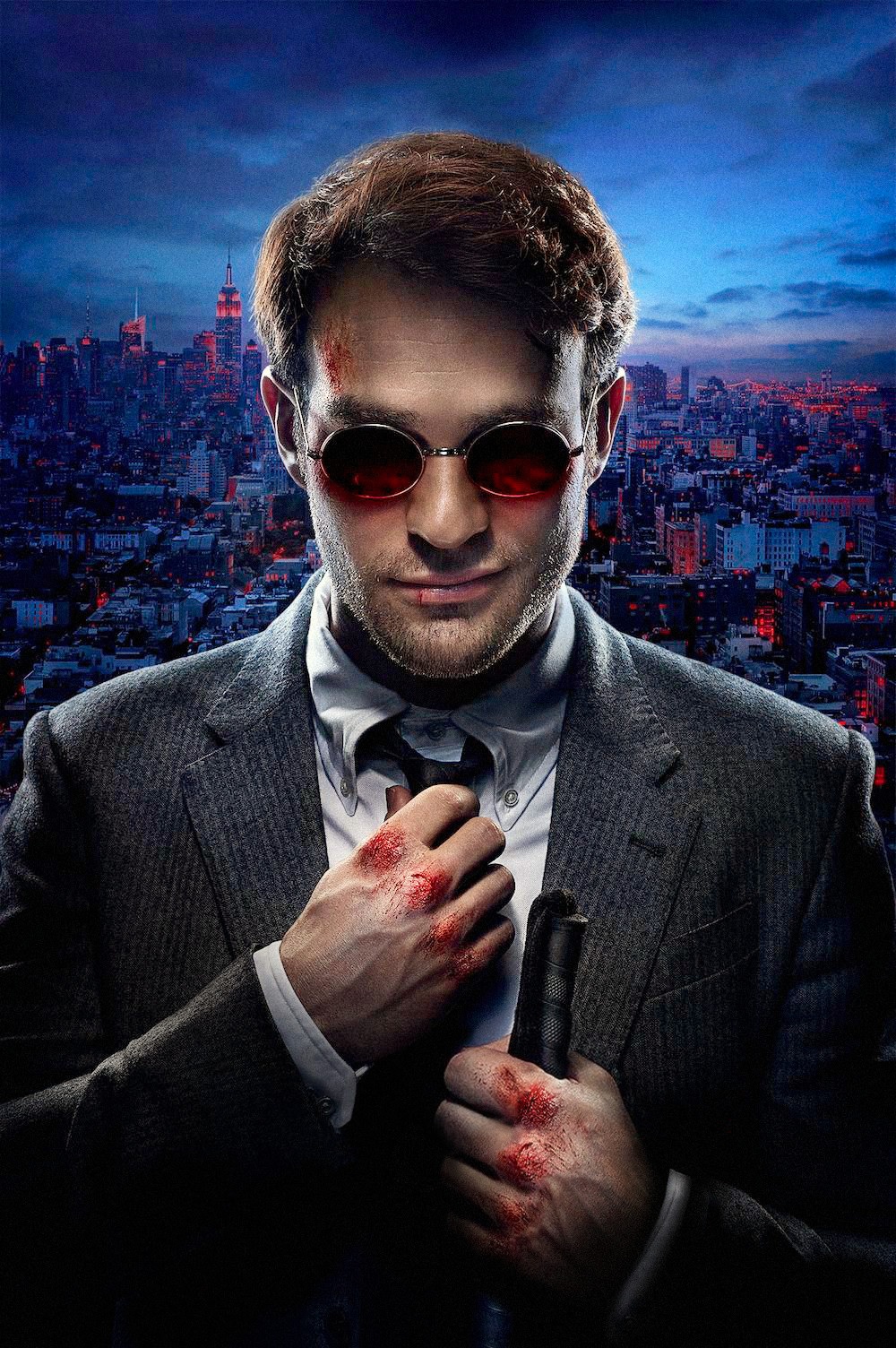
Additionally, Agents of S.H.I.E.L.D. has several characters that fans have been waiting to see in the MCU. Daisy Johnson/Quake, for instance, would make an excellent cinematic hero, as would her Secret Warriors teammate, Elena “Yo-Yo” Rodriguez. This also opens the door for their respective romantic partners, Agent Carter’s Daniel Sousa and Alphonso “Mack” Mackenzie, the latter of whom became S.H.I.E.L.D.’s director by the series finale. Also, Gabriel Luna’s Robbie Reyes/Ghost Rider made enough of an impression to get a spin-off, though it never got off the ground. Of course, Phil Coulson remains a favorite even with those who haven’t seen the show, and the fact that he’s now a Life Model Decoy could serve as a sufficient explanation for his return.
As for which Marvel Television characters should not return, most viewers can probably agree that Inhumans (2017) would benefit from a reboot. Similarly, shows that weren’t meant to be part of the MCU in the first place like, Legion (2017-2019) and The Gifted (2017-2019), might be best left alone. The company’s last live-action project, Helstrom (2020), was also largely separate from the MCU and not particularly well-received by critics. While the show did slightly better with general audiences, there haven’t been many calls for its characters to crossover with the larger universe.
The Legacy Of Marvel Television
Currently, the canonicity of Marvel Television shows is still in question. Despite many of them being part of the MCU at the start, recent inconsistencies in continuity and other attempts to distance the MCU from these shows, such as putting them in a separate section on Disney+ in certain regions, have indicated that they are no longer “all connected.” That doesn’t mean that audiences can’t still seek out and enjoy the Marvel Television shows, but it does leave fans with a broken promise and a bad taste in their mouths.
It also means that Marvel Studios is ignoring one of its greatest untapped resources when it comes to well-developed characters with built-in fan bases. However, by reincorporating some of these characters into the MCU, these shows could finally get the recognition they deserve.
